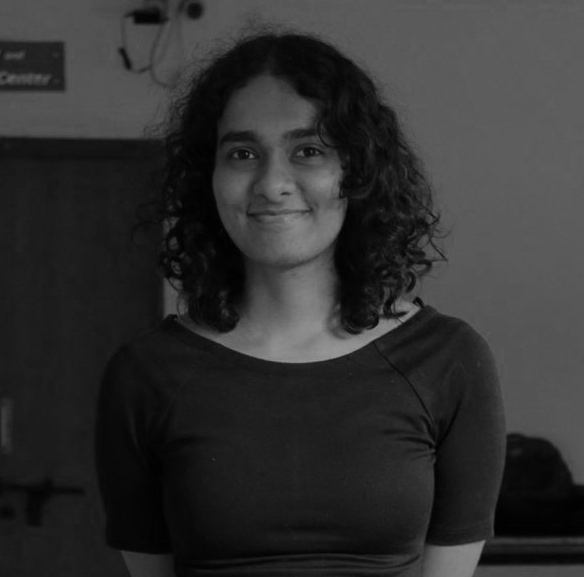There are no items in your cart
Add More
Add More
| Item Details | Price | ||
|---|---|---|---|

Drawing, while not the be-all and end-all of design, is still a fundamental skill in the field. You don’t have to be a Picasso or a Kim Jung Gi in terms of your artistic skills, but your drawings would still need to represent your ideas in a crystal clear manner, especially to your jurors and your clients.
Luckily for you and I, good drawing is not only a talent but also a skill which can be developed and honed. And this requires practice, patience, and persistence.
You should be like a sponge—ready to absorb knowledge. Because whether you're a beginner or an experienced artist, there are always ways to improve your drawing skills—
The tallest buildings have the strongest foundations and that is what should begin with—mastering the fundamental principles of drawing, such as line, shape, form, perspective, and proportion.
Proportion, anatomy, color theory, contours, depth, perspective, shading and rendering, dynamic compositions, etc.,—learn it all.
Like any skill, drawing improves with practice. And practice won’t make you perfect. But it will definitely make you better and better. Set aside dedicated time each day to draw, even if it's for a few minutes. Experiment with different subjects, styles, concepts and techniques to broaden your skills and explore your creativity. Make a habit of carrying a sketchbook with you, wherever you go.
Drawing and design especially, is often about observing and understanding the world around you. Practice drawing from life by observing and sketching objects, people, and scenes around you. Pay attention to details, textures, and lighting to capture the life of what you're drawing.
This is important as a lot of us often shy away from drawing people and animals, especially when they tend to not turn out to be realistic or aesthetic. But practice and study is the only way to get better at it. Understand the underlying structure and proportions. Practice gesture drawing and quick sketching in a short amount of time. Try capturing gestures, poses, and expressions.
Experiment with a variety of drawing materials such as pencils, charcoal, ink, pastels, and digital tools. Not only will your explorations enrich your skills and your portfolio but also you can figure the medium you are most comfortable with and depict your ideas at its best.
Share your drawings with friends, mentors, or online communities to receive constructive feedback and critique. Be open to their suggestions for improvement. Even if it's harsh, do not take it personally. Ask what can I do better? How can I do better? Have that killer learning-curve.
Learn from your mistakes. And learn from the best. Study (and not just blindly copy) the works of master artists and illustrators to learn from their techniques, styles, and compositions. Refer to any books they have published. If there are drawing classes or workshops, consider enrolling in them.
Now this is important so hear me out. Rome wasn’t built in a day. Always remember that improvement takes time, so be patient with yourself, don’t get discouraged and celebrate your progress along the way. Small wins count. Be disciplined, consistent and persistent.

To conclude, improving one’s drawing skills requires practice, practice, practice, and patience, and persistence. It is a continuous journey of growth on which I am embarked, and so would you be. It doesn’t stop for any of us.
So, challenge yourself to step out of your comfort zone and tackle subjects or styles that are unfamiliar to you. Stay committed to your drawing journey and embrace its continuity. You shall also have built Rome one day.
Improve your design exam prep with our helpful blogs, providing design tips, resources, and insights to excel in your entrance exams ✨
...

Nandini Seshan
Communication Design/NID Vijayawada
Behance: https://www.behance.net/nandiniseshan035
Linkedin: https://www.linkedin.com/in/nandini-seshan-3302382a7